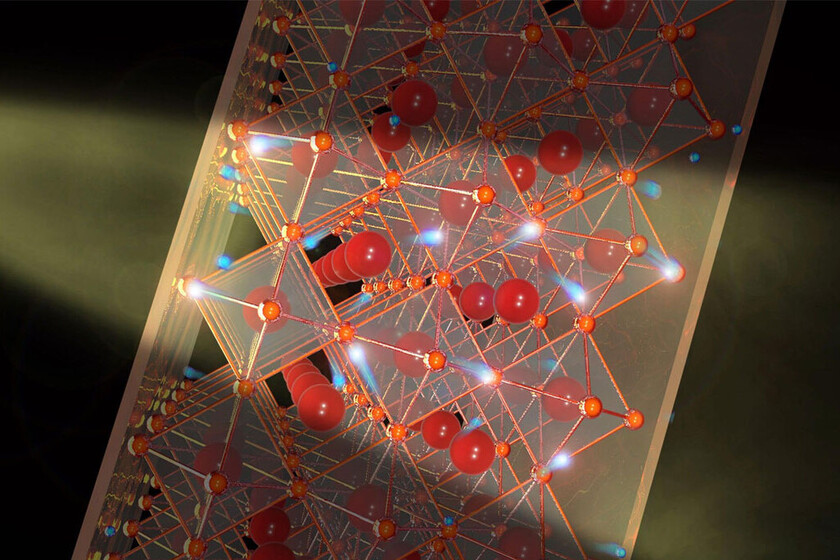For years, researchers around the world have worked on ways and ways to improve the efficiency of solar panels. However, there are theoretical limits that cannot be overcome in practice. The alternative? Use much more interesting new materials, such as perovskita.
A potential replacement for the silicon traditionally used in solar panels is perovskite. The perovskite has curious structural and electronic properties by its composition. It is for example more effective absorbing green, blue and ultraviolet light waves. On the other hand, it is easier to make panels with perovskite, which can reduce the cost of solar panels.
For example, unlike silicon panels, perovskite solar cells do not require refining at high temperatures and they can be produced as inks that “print” on other materials such as plastic. All this at low temperature, thus reducing energy expenditure in production.
25.6% conversion efficiency
Now, a group of researchers from the EPFL has created a new solar panel with a conversion efficiency of 25.6%, closer to the theoretical limit of 35% achieved by traditional panels. Likewise, they promise an operational stability of at least 450 hours. The latter is relevant, since the great problem with perovskite panels is their short useful life.

As indicated, metal halide perovskites They are especially useful for collecting thin film photovoltaic energy. That is why they have used lead triiodide as a semiconductor which allows the perovskite solar panel to have such high efficiency and stability.
The advantage of perovskite is that can be used both as a substitute for silicon and as a complement to silicon. If independently achieves good results, combined with silicon even more. Recently we actually saw a combination of both materials that allowed a conversion efficiency of up to almost 30%.

Meanwhile, others seek break the conversion efficiency record and again. About 50% right now. But there are those who have achieved 85% by combining various methods. Nor should we forget the transparent panels and their high potential.
Via | NBC
